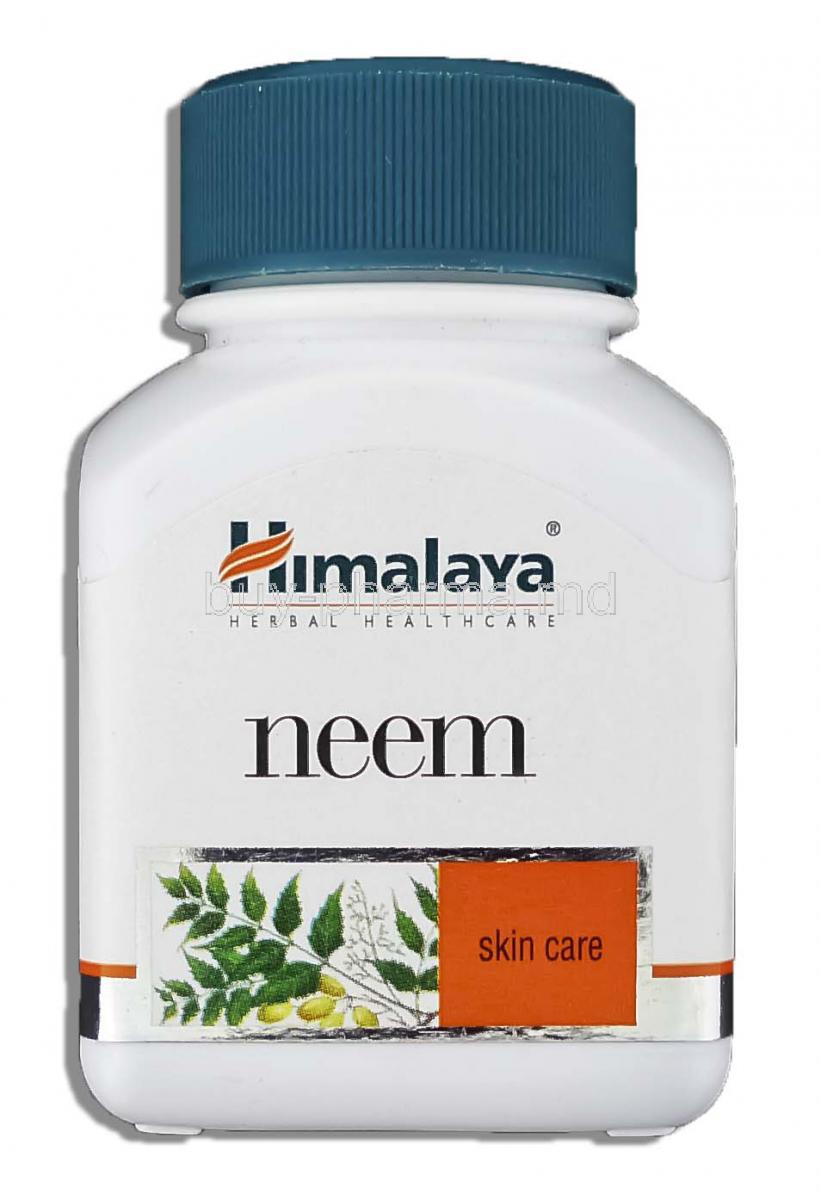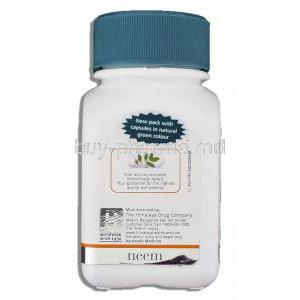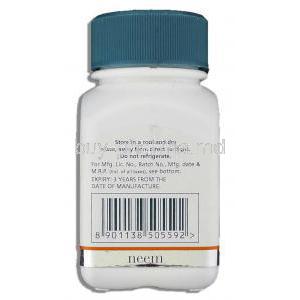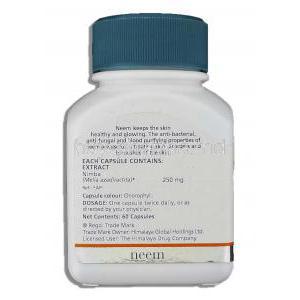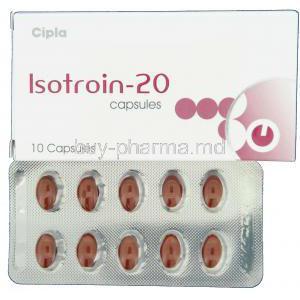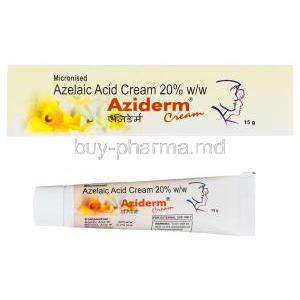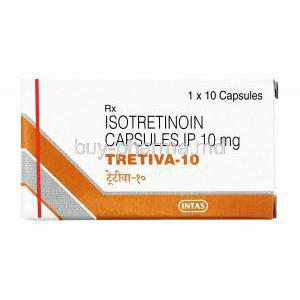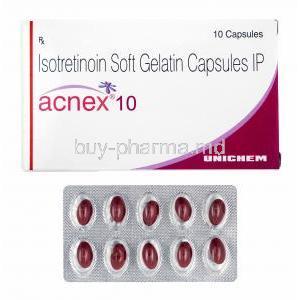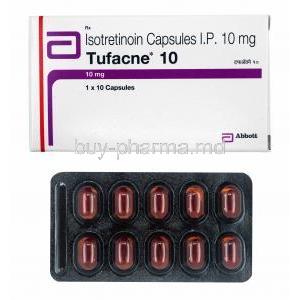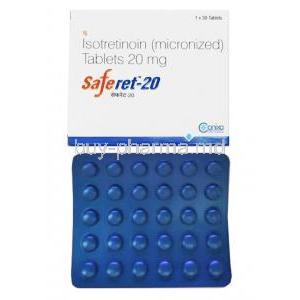1. Introduction to Himalaya Neem and Its Role in Skin Health
Himalaya Neem is a widely recognized herbal supplement crafted to support dermatological well-being. Available in various forms including tablets, capsules, syrups, and topical creams, it offers a versatile approach to skin care. Whether taken internally or applied externally, it aims to restore and maintain skin clarity.
Derived from the revered Azadirachta indica tree, Neem has long held a place of prominence in Ayurvedic medicine. Traditionally used to address a range of skin ailments, Neem is revered for its cleansing and antimicrobial attributes. Its bitter compounds were often employed in ancient rituals for detoxification and purification.
Today, Himalaya Neem continues to gain momentum among holistic health enthusiasts. Its adoption in integrative skin treatment protocols underscores its evolving relevance in both preventive and therapeutic dermatology.
2. Composition and Active Herbal Ingredients in Himalaya Neem
- Core Ingredient: Each Himalaya Neem tablet contains a standardized extract of Neem leaf (Azadirachta indica), ensuring consistent potency.
- Extraction Purity: The formulation utilizes high-quality aqueous or ethanol-based extraction methods to preserve active constituents like nimbin, nimbidin, and azadirachtin.
- Complementary Botanicals: While primarily Neem-based, certain variations may include supportive herbs such as turmeric or haritaki to enhance detoxification and healing potential.
3. Mechanism of Action: How Himalaya Neem Works for Skin Health
Himalaya Neem works through a multifaceted mechanism that targets several root causes of skin disorders.
- Antimicrobial Action: Neem inhibits the growth of Propionibacterium acnes and other pathogenic bacteria, offering relief from acne and pustular eruptions.
- Anti-inflammatory Pathways: Bioactive compounds like nimbidin suppress pro-inflammatory cytokines, mitigating redness and swelling.
- Antioxidant Defense: Flavonoids and polyphenols neutralize reactive oxygen species (ROS), guarding the skin against environmental damage and premature aging.
- Systemic Detoxification: Neem purifies the bloodstream and supports liver function, leading to visible skin clarity from within.
4. Primary Dermatological Uses of Himalaya Neem
- Acne and Seborrhea: Effective in managing oily, acne-prone skin by reducing bacterial colonization and sebum overproduction.
- Eczema and Psoriasis: Acts as an adjunct in chronic dermatoses with scaling, itching, and inflammation.
- Bacterial and Fungal Infections: Demonstrates efficacy in minor fungal infections such as ringworm and athlete’s foot.
- Cosmetic Enhancement: Promotes improved skin tone, smoothness, and a natural glow through internal cleansing.
5. Off-label and Integrative Uses of Himalaya Neem
- Dandruff Control: Neem’s antifungal properties are beneficial in controlling scalp flakiness and seborrheic dermatitis.
- Liver and Gut Detox: Supports hepatic enzymes and helps remove metabolic toxins that contribute to skin breakouts.
- Immune Modulation: Enhances skin barrier resilience in individuals with chronic inflammatory skin disorders.
- Glucose Regulation: May be used as part of a metabolic detox protocol, offering ancillary benefits in blood sugar control.
6. Dosage and Administration Guidelines for Himalaya Neem
- Recommended Dose: Typically, 1 to 2 tablets twice daily for adults, preferably under supervision if used long-term.
- Timing: Best taken after meals to reduce gastric irritation and improve bioavailability.
- Duration: Noticeable skin benefits often appear after 4–6 weeks of consistent use.
- Topical Application: Neem-based creams can be applied 1–2 times daily on clean, dry skin for localized skin concerns.
7. Safe Usage and Handling Precautions
- Hydration: Adequate water intake is essential to support detoxification and prevent constipation.
- Sun Sensitivity: Prolonged Neem use may increase photosensitivity; use sunscreen when exposed to UV rays.
- Patch Test: Conduct a patch test before applying topical formulations, especially on sensitive skin.
- Avoid Combinations: Avoid simultaneous use with other herbal purgatives or immunostimulants unless medically advised.
8. Common and Uncommon Side Effects of Himalaya Neem
- Gastrointestinal: Mild nausea, flatulence, or soft stools may occur, especially when taken on an empty stomach.
- Allergic Reactions: Skin irritation, redness, or hives may develop in sensitive individuals or with topical overuse.
- Neurological Effects: Rarely, prolonged high-dose consumption has been associated with lethargy or dizziness, particularly in vulnerable populations.
9. Contraindications and Populations to Avoid Use
While Himalaya Neem offers numerous dermatological benefits, its use is not universally appropriate. Certain populations should avoid it due to the potential for adverse reactions or systemic complications.
- Allergy to Neem or Meliaceae: Individuals with hypersensitivity to Azadirachta indica or related species in the Meliaceae family should avoid all Neem-derived products due to the risk of immediate allergic reactions, including rash, urticaria, or anaphylaxis.
- Autoimmune Skin Disorders: Patients suffering from lupus, psoriasis with autoimmune components, or vitiligo may experience aggravation of symptoms. Neem’s immunostimulatory effects could exacerbate these conditions.
- Liver Dysfunction: Neem metabolism primarily involves hepatic pathways. In individuals with hepatic impairment, unsupervised use may worsen liver burden or contribute to hepatotoxicity.
10. Important Precautions Before and During Use
Proactive caution is essential when initiating or maintaining treatment with Himalaya Neem. Although it is herbal in origin, its potent bioactive properties necessitate responsible use.
- Pre-use Consultation: Those with persistent or chronic skin disorders should consult a dermatologist or healthcare provider before beginning internal or topical Neem therapy.
- Adjunct Use Only: Himalaya Neem should not replace medically prescribed treatments for severe dermatological conditions, such as cystic acne, rosacea, or chronic eczema.
- Skin Monitoring: Regular observation for changes in skin tone, texture, or emergence of new lesions is recommended. Discontinuation is advised if condition worsens or unexpected symptoms arise.
11. Drug and Herbal Interactions with Himalaya Neem
Himalaya Neem may interact with conventional and herbal medications, potentially amplifying or reducing their therapeutic effects. Caution is advised in polypharmacy scenarios.
- Immunosuppressants and Corticosteroids: Neem may antagonize these agents due to its immune-enhancing properties. This could compromise the efficacy of treatment in transplant patients or those with autoimmune diseases.
- Antidiabetic Medications: Neem has been observed to lower blood glucose levels. When combined with insulin or oral hypoglycemics, there is a heightened risk of hypoglycemia.
- Absorption Inhibition: Neem’s bitterness and gut-cleansing effects may interfere with the absorption of certain fat-soluble vitamins or supplements when taken simultaneously.
12. Overdose and Toxicity Considerations
Although plant-based, Neem’s potent phytochemical constituents can induce toxic effects if consumed in excess. Caution is especially crucial in vulnerable groups such as children or elderly individuals.
- Toxicity Symptoms: Early signs of Neem overdose include profuse salivation, nausea, dizziness, vomiting, and general malaise. In severe cases, lethargy or tremors may develop.
- Immediate Action: Discontinue use immediately and induce vomiting only if advised by a healthcare professional. Activated charcoal may be used in clinical settings.
- Medical Intervention: Supportive care includes intravenous hydration, electrolyte management, and symptomatic treatment under medical supervision.
13. Storage Conditions and Product Stability
Proper storage ensures the integrity and effectiveness of Himalaya Neem over time. Environmental exposure can degrade its potency and compromise safety.
- Optimal Conditions: Store in a cool, dry place away from direct sunlight. Ideal temperature ranges between 15°C and 25°C (59°F to 77°F).
- Shelf Life: Capsules and creams typically retain efficacy for up to 24–36 months post-manufacture, provided seals remain unbroken and products are not exposed to air or moisture.
- Preservation Tips: Use desiccant packs in containers, avoid refrigeration unless specified, and keep away from bathroom or kitchen humidity.
14. Careful Administration in Special Populations
a. In Elderly Individuals
- Metabolic Considerations: Age-related decline in hepatic and renal function may slow Neem clearance. Dosage should be individualized and initiated conservatively.
- Polypharmacy Risks: The elderly are often on multiple medications. Neem may interact with anticoagulants, diuretics, or cardiovascular drugs, requiring periodic reviews.
- Hydration Monitoring: As Neem has mild diuretic properties, monitoring for dehydration and renal load is recommended.
b. In Pregnant and Lactating Women
- Pregnancy Risk: Traditional Ayurvedic teachings and modern studies both suggest caution, as Neem may induce uterine contractions or hormonal imbalance. Use is discouraged unless under strict medical guidance.
- Lactation Safety: Neem compounds may pass into breast milk, and their impact on neonatal liver and immune development is not fully understood.
- General Recommendation: Avoid internal use during pregnancy and breastfeeding. Topical use may be permitted under professional supervision in limited areas.
c. In Children and Adolescents
- Age Restrictions: Oral Neem products are generally not recommended for children under 12 years of age due to immature liver enzyme activity and sensitivity to bitter compounds.
- Pediatric Data: Limited clinical safety data exists for Neem use in younger age groups. Off-label use should be avoided unless explicitly prescribed.
- Topical Application: Creams or diluted oils may be suitable for localized issues like insect bites or minor rashes but should be patch-tested and used sparingly.

